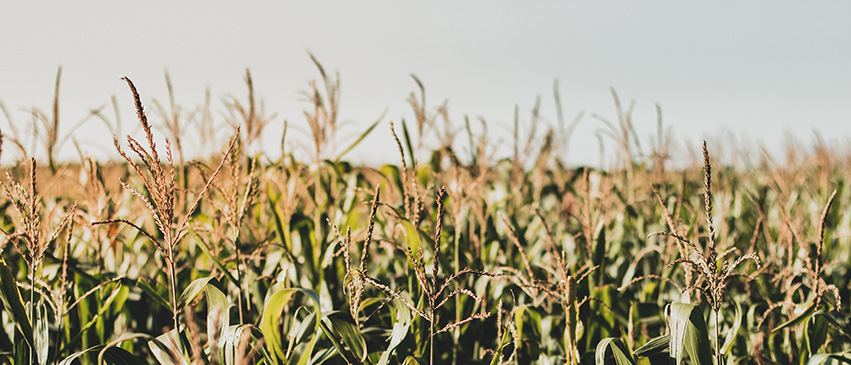
For the most part, the corn and soybean harvest was smooth sailing this fall. The many days of sunny weather allowed the combines to keep rolling, while yields were respectable considering the month-long dry spell we had in August. In early September we received some much-needed rain showers, which proved beneficial to the crop yield.
Counting the Yield
As always, yields will vary from county to county, field to field, and even within the same field. Most of today’s combines can produce color-coordinated maps outlining the crop yields in every area of the field. These maps give farmers an opportunity to evaluate and adjust their inputs for the following year’s crop; assess drainage issues in fields; and consider hybrid selection for specific soil types. Through GPS, fertilizer rates can be adjusted while the spreader is going through the field, based on the past year’s yield and the expected yield in 2021, while drainage problems can be resolved by installing tile in the field and reshaping grass waterways.
So what were the yields in Peoria County? The top end on the corn yields in the best soil of the county reached 230 to 240 bushels per acre, while the low end came in around 160 to 170 bushels per acre. If their combine has a yield monitor, farmers could witness this range of yields within their own fields. Soil type and drainage are the two main variables that would cause such fluctuations.
Farmers also were able to save some dollars on drying costs this year, even as expenditures for LP (liquid propane, used to dry corn) became a significant expense. In 2019, most of the corn crop was planted later in the spring (late May to early June); therefore the maturity and dry down of the crop was later in the fall. The first 25 percent of 2020’s harvested corn crop needed to be dried down for proper storage, while the rest was harvested when it was significantly dryer, thanks to the sunny, dry weather this fall.
On the soybean side, the high end of yields were 70 to 75 bushels an acre, while the low end averaged 50 to 55 bushels an acre. Soybean yields likely suffered more than corn due to the month-long dryness in August. Aborted pods on the soybean plant, pods with only two beans (instead of three), and smaller bean size all contributed to the lower yield.
Trends in the Field
One trend we have seen in recent years is that more farmers are deciding to plant soybeans ahead of corn in the spring—just the opposite of longstanding tradition. Some research has shown that soybeans will produce a greater yield the earlier they are planted, but the weather during growing season remains the deciding factor. Good rains in August, even with soybeans planted in late May or early June, will still produce yields comparable to April-planted beans.
Outside of yield, there are other benefits to earlier spring planting and an early fall harvest. A cover crop can be planted sooner, allowing them to get established prior to the arrival of cold weather. There is more time to apply fall fertilizer, and more time can be dedicated to field improvement practices such as drainage tile installation.
Overall, farmers are pleased with this year’s yields. Another bright spot is the uptick in prices for both commodities since early August. This fall, prices for soybeans surpassed the $10/bushel mark, while $4 corn was also within reach. That’s a 15 to 20-percent increase compared to prices in July, although higher prices do not always equate to higher income. PM
- Log in to post comments

